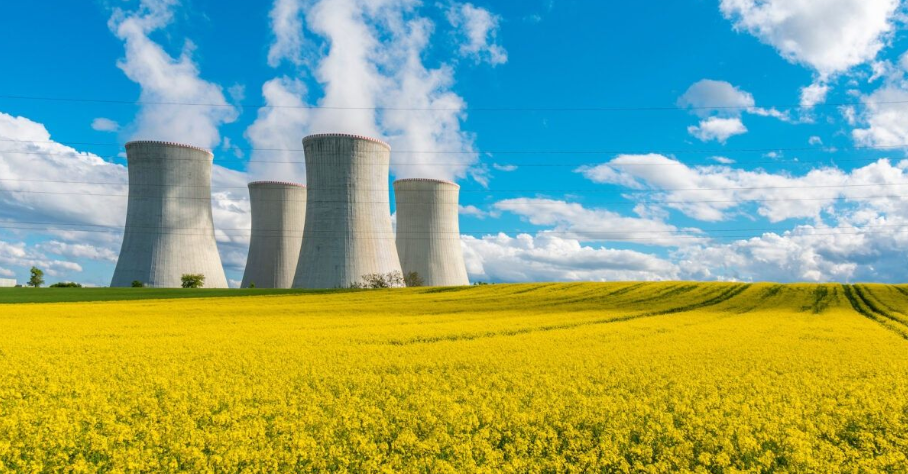Nuclear energy is entering a new era — not just technologically, but politically. After decades of hesitation, global nuclear energy policy is experiencing a sharp shift, with countries across the world rallying behind nuclear power to meet growing energy needs and climate goals.
From COP summits to national roadmaps and financial backing, a political and institutional consensus is emerging: nuclear is no longer a last resort — it’s a central pillar of the future energy mix.

COP28 & COP29: The Multilateral Shift
The shift began gaining traction at COP28 in December 2023, where 25 countries — including the US, UK, France, Japan, and Canada — committed to tripling global nuclear capacity by 2050. It marked the first time nuclear power was explicitly included in a multilateral climate agreement.
At COP29 in November 2024, momentum accelerated. The Global Ambition Coalition expanded to 31 countries, and nuclear energy was officially recognized as essential to achieving the 1.5°C goal. The US introduced a roadmap for reaching 200 GW of nuclear capacity by 2050, and global financial institutions began aligning their frameworks to support nuclear development.
Financial Institutions Join the Movement
In June 2025, the World Bank ended its longstanding ban on nuclear financing, opening the door for funding both the life extension of existing reactors and the deployment of Small Modular Reactors (SMRs) in developing economies.
This decision reflects a broader understanding that clean energy equity depends on more than just renewables — it must include base-load, zero-carbon power like nuclear.
National Programs Accelerate
Several countries have launched historic initiatives:
-
🇺🇸 United States (May 2025): A sweeping presidential order aims to quadruple U.S. nuclear capacity, fast-track licensing of new reactors, and support next-gen nuclear tech. It represents a major shift in American energy and climate strategy.
-
🇬🇧 United Kingdom (June 2025): The UK announced its largest nuclear construction program in decades, including a £14.2 billion investment in Sizewell C and the scaling of SMRs to enhance energy independence and job creation.
-
🇫🇷 France: Once focused on phasing out nuclear, France has reversed course, recommitting to new reactor construction and reinforcing its status as a nuclear powerhouse.
-
🇨🇳 China: With 58 operational reactors and 32 under construction, China continues to lead the world in reactor deployment. It has developed full domestic capability for both conventional and advanced nuclear technologies.
From Niche to Necessity
The evolution of global nuclear energy policy reflects more than political will — it’s also a response to practical needs:
-
Growing electricity demand
-
Volatility in fossil fuel markets
-
The limitations of intermittent renewables
-
The need for energy security in a fragmented world
Countries are realizing that nuclear energy is indispensable — not just for climate goals, but also for industrial growth, technological leadership, and geopolitical independence.
What’s Next?
As political support grows, expect to see:
-
Rapid development of SMRs in both developed and emerging markets
-
Increased public-private investment in nuclear supply chains
-
Continued financial liberalization to support nuclear projects
-
Stronger regulatory frameworks to accelerate safe deployment
Conclusion
The tide has turned. Global nuclear energy policy is no longer marked by division, but by action and ambition. With cross-border collaboration, new financing tools, and sustained political will, nuclear power is poised to become a defining element of the 21st-century energy transition.
Want to know how nuclear policy may affect your investments or energy strategy? Contact us to learn more.
